Jury voted unanimously for practice’s submission to overhaul Normandy site housing 1,000-year-old tapestry
RSHP has won an architectural competition to redesign the Bayeux Tapestry Museum in Normandy, France.
A jury of 15 people including historians, architects and museum representatives voted unanimously for the practice’s submission, which will be unveiled at the end of this summer.
It beat four other shortlisted candidates and will now enter talks with the City of Bayeux for the award of a contract.
The brief called for an optimisation of conservation and presentation of the nearly 1000-year-old tapestry, which has been housed at the Grand Seminaire since 1983.
Entrants were asked to enrich the visitor experience while improving the building’s reception facilities, and to control the urban integration of the museum and its contemporary extension.
RSHP’s submission was ranked first on the basis of its architectural and heritage response to the site, the quality of its multimedia response, its good technical understanding of the building and its consistency on the estimated budget and construction schedule, the jury said.
The 70m long and 20 inch tall tapestry is a rare example of secular Romanesque art, depicting the events building up to William Conqueror’s invasion of England and the 1066 Battle of Hastings in 58 scenes.
The City of Bayeux’s museums, tourism and heritage chief Loïc Jamin said the choice of a British Architect to overhaul the museum is “quite a symbol”.
“We will indeed work together to highlight a universal work, emblematic of a history shared by the Normans and the English,” he said.
RSHP partner Stephen Barrett said it was “both a privilege, and a responsibility, to have been offered the opportunity to design the museum that will house this unique, fragile, emblematic object”.
“As a British practice with a long history of working in France, there’s poetry in being able to contribute to a project that symbolises the deep connections between our two countries, renewing these bonds and helping the next generations in their rediscovery of the tapestry,itself a unique embodiment of this shared past,” he said.
The design team also includes heritage architect Lympia, landscape architect Bassinet Turquin Paysage, conservation consultant FL&Co, exhibition designer Atelier Brückner, cost consultant VPEAS and engineer Ingérop.
The redesigned museum is expected to open by 2028.






















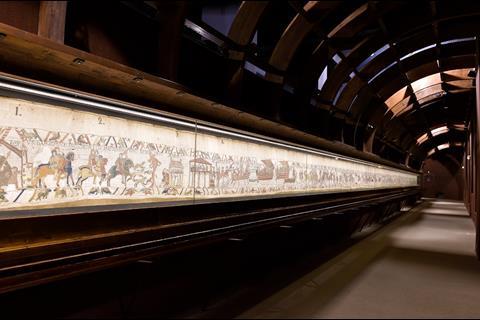
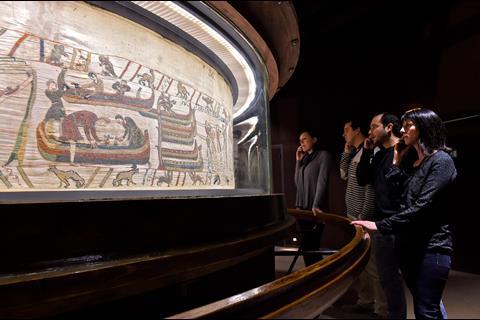
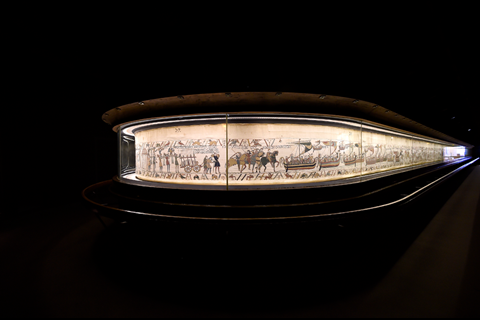
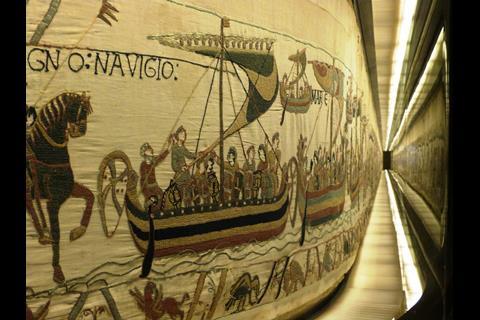
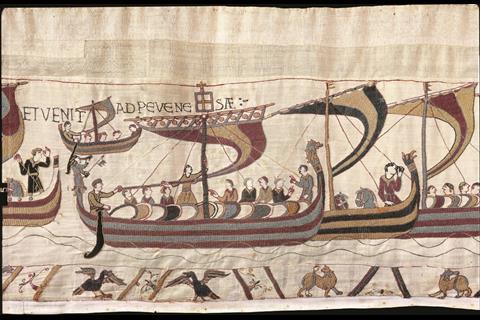
No comments yet